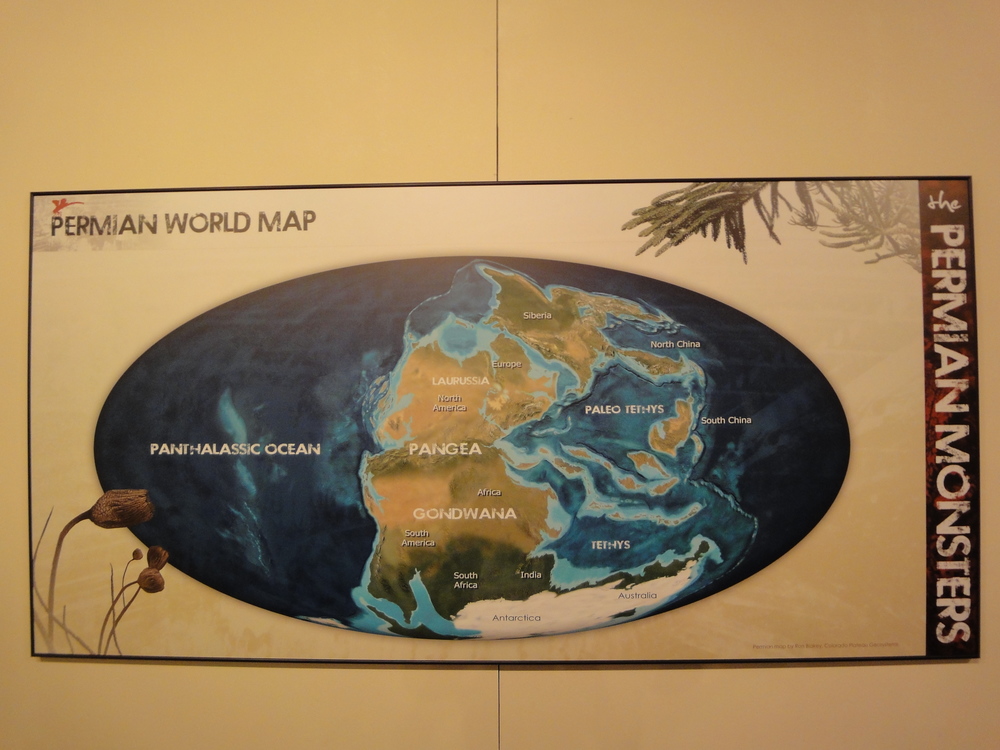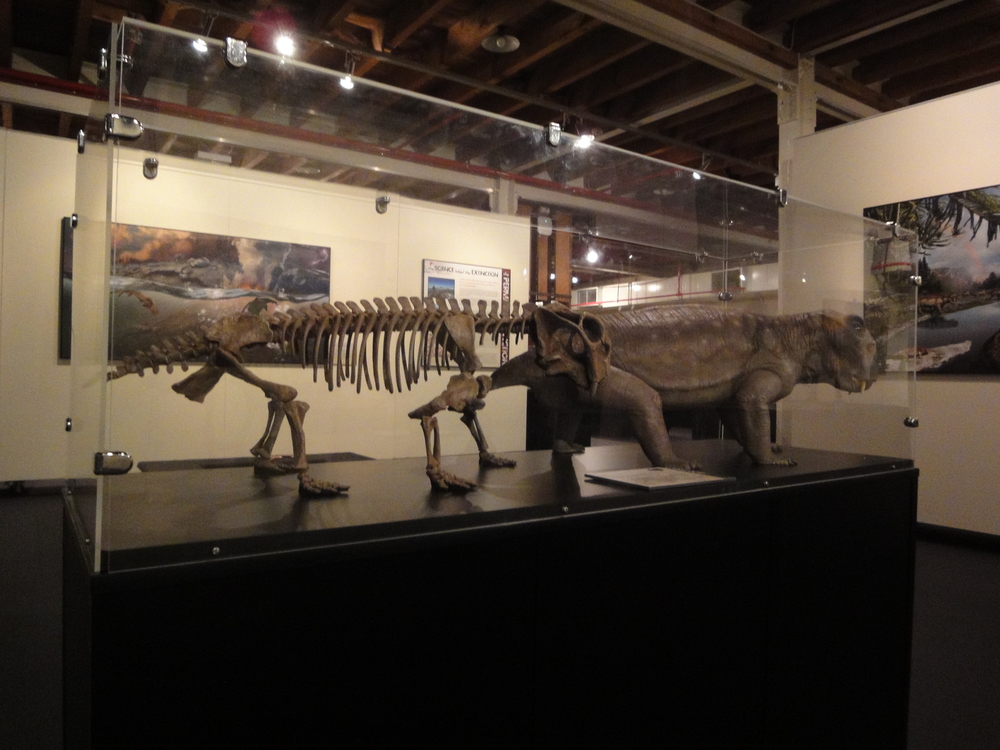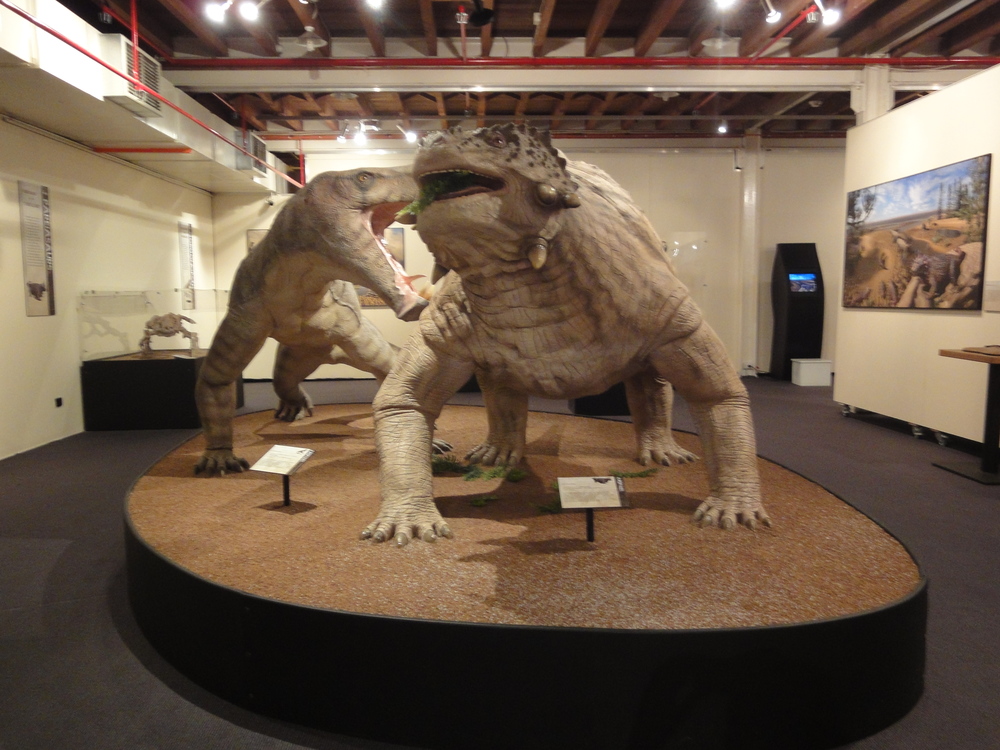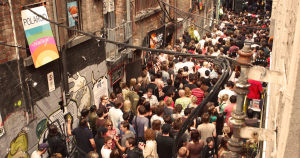As a kid, I always dreamed about being a
paleontologist. Dinosaurs and prehistoric life fascinated me to no end. I was
constantly reading books about lizard-like behemoths and how their bones were
regularly being discovered all over the world. So, imagine the child in me getting
very giddy when I visited the National Wool Museum in Geelong recently. My ticket
to the museum included entry into the exhibition Permian Monsters: Life Before
the Dinosaurs.

The Permian period existed over 290 million
years ago, way before my childhood idols such as Tyrannosaurs Rex and
Brontosaurus were clomping their way around the world. It was a time when unique
creatures roamed the earth and seas, paving the way for future generations of
earth-life. They were roaming around for 40 million years!
The Permian period was a thriving time for life
on Earth. There were promising signs of diversification that existed on Earth’s
one big continent, Pangaea, and in one massive ocean called Panthalassa.
However, the Permian period also marked a catastrophic event in Earth’s
history. The largest extinction that the world has ever faced was at the end of
the Permian period.

Scientists have documented that this extinction
occurred due to global warming; a familiar issue we’re facing now. About 70% of
land creatures during the Permian period were wiped out, as well as 90% of life
in Panthalassa. It took millions of years, not until the Triassic period (about
250 million years ago), for life on Earth to recover.
Permian Monsters: Life Before the Dinosaurs is
an insightful journey back to a time when life on our planet was at its most
diversified. Not only are there the obligatory re-enactment pictures and slabs
of interesting text to digest, there are some fascinating fossils and scale
models to check out too.

Fossilised ferns can be found as well as
crustacean-like shells. Fossils and models of some of the world’s first
herbivores and carnivores are here too, naturally. There are life-sized models
such as the toothless Lystrosaurus, an impressive fossil of the formidable sabre-toothed
carnivore Inostrancevia and, my favourite part of the exhibition, Dimetrodon
with its flashy sail along its spine. I did have to refrain from jumping head
first into a couple of sand-filled stations where kids can dig for fossils. I
wish this kind of interaction was around when I was little!

Though intimate, Permian Monsters: Life Before
the Dinosaurs brings to life a time when Earth was at its most fascinating and at
its most devastating.
Permian Monsters: Life Before the Dinosaurs is
showing daily until June 3, 2013 at the National Wool Museum, 26 Moorabool
Street Geelong 3220. Adults $7.50, children $4, concession $6,
family $25 and students $4.




